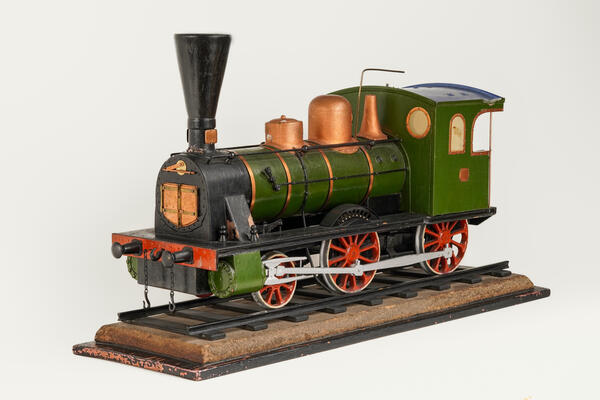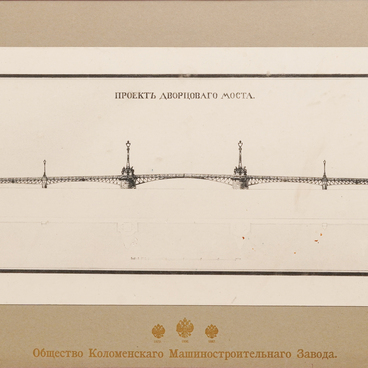Compound locomotive is a steam locomotive that uses the engine operating on the compound system (with steam expanded in two or more stages), which is more economical in comparison with simple steam locomotives. Since the 1880s, compound steam locomotives have been mass-produced for the rail roads in Europe (the Austro-Hungarian Empire, Great Britain, Germany, Russia, France), in the USA and later in Oceania. In the 1890s, they already prevailed in the locomotive stock of these countries.
Compound steam locomotives were mainly equipped with two- and four-cylinder engines with compound stage expansion. The rapid development of rail transport in the Russian Empire in the second half of the 19th century encouraged the construction of the Kolomna Machine-Building Plant, which played an exceptional role in the history of the region, the Moscow Governorate and the whole of Russia. The foundation of the plant was laid in 1863, when the military engineer Amand Struve leased a plot of land from the peasants of the Bobrovo village land and obtained a document allowing him “to construct various buildings, both plants and factories. ” The first products of the enterprise were metal parts for bridges, which had previously been imported from abroad. In 1869 the Kolomna enterprise began to build steam locomotives.
A model of a steam locomotive of the compound system of 1869 is presented at the exhibition of the Kolomna Museum of Local History. The plant produced steam locomotives for the Transcaucasian, Nikolayevskaya, Moscow-Kazan and St. Petersburg-Warsaw railway lines. The Kolomna enterprise was the second plant in Russia to start manufacturing cars of various types to transport coal, peat and cattle. In the late 1890s, steam superheaters were applied on locomotives: now steam from the boiler entering the superheater was additionally heated to a higher temperature which increased its pressure. Because of the steam superheaters, which improved performance in a cheaper way, manufacture of steam locomotives with the compound system almost completely discontinued after 1900, because the resulting savings were relatively small when operating on superheated steam and could not compensate for more expensive maintenance and repairs.
Compound steam locomotives were mainly equipped with two- and four-cylinder engines with compound stage expansion. The rapid development of rail transport in the Russian Empire in the second half of the 19th century encouraged the construction of the Kolomna Machine-Building Plant, which played an exceptional role in the history of the region, the Moscow Governorate and the whole of Russia. The foundation of the plant was laid in 1863, when the military engineer Amand Struve leased a plot of land from the peasants of the Bobrovo village land and obtained a document allowing him “to construct various buildings, both plants and factories. ” The first products of the enterprise were metal parts for bridges, which had previously been imported from abroad. In 1869 the Kolomna enterprise began to build steam locomotives.
A model of a steam locomotive of the compound system of 1869 is presented at the exhibition of the Kolomna Museum of Local History. The plant produced steam locomotives for the Transcaucasian, Nikolayevskaya, Moscow-Kazan and St. Petersburg-Warsaw railway lines. The Kolomna enterprise was the second plant in Russia to start manufacturing cars of various types to transport coal, peat and cattle. In the late 1890s, steam superheaters were applied on locomotives: now steam from the boiler entering the superheater was additionally heated to a higher temperature which increased its pressure. Because of the steam superheaters, which improved performance in a cheaper way, manufacture of steam locomotives with the compound system almost completely discontinued after 1900, because the resulting savings were relatively small when operating on superheated steam and could not compensate for more expensive maintenance and repairs.






